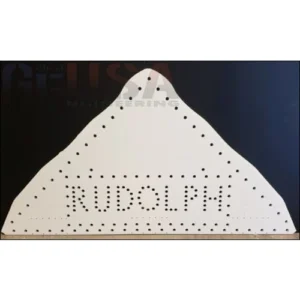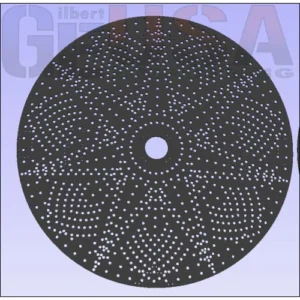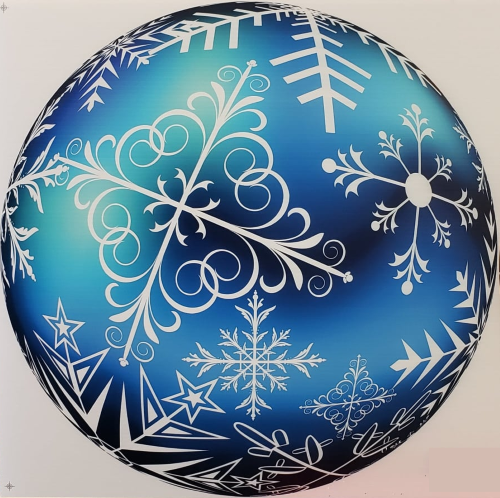Impression Steampunk Spinner
- This is a 470 node Steampunk Spinner designed for 12mm bullet pixels
- Measures approx 1.168m (46″) tall
- Material is 10mm heavy-duty white coro with UV print
- Printed and Manufactured in AUSTRALIA
- Slit for shipping. You can add “No Slit” to the notes section when checking out. “SELECT LOCAL PICK UP” and you will be invoiced separately for di8fferent shipping costs.
- *Copyright Pending
- See the unprinted version CLICK HERE
Learn about the history of Steampunk CLICK HERE
**Inspiration for our Impression Steampunk Spinner: A Retro-Futuristic Fusion of Past and Imagination**
Steampunk is a captivating subgenre of speculative fiction and a vibrant subculture that melds the aesthetics and technology of the 19th-century Industrial Revolution with imaginative, anachronistic innovations. Rooted in a “what if” vision of the Victorian era (1837–1901), it reimagines a world where steam power remained dominant, and elaborate clockwork machinery, airships, and analog computers coexist with corsets, top hats, and gaslit streets. The genre’s visual hallmarks include brass gears, goggles, waistcoats, and mechanized contraptions, blending historical elegance with sci-fi creativity.
**Historical Origins**
Steampunk’s literary roots trace back to the 19th-century works of Jules Verne (*20,000 Leagues Under the Sea*) and H.G. Wells (*The Time Machine*), whose tales of futuristic steam-driven technology inspired later creators. However, the term “steampunk” emerged in the late 20th century. Author K.W. Jeter coined it in 1987 to describe a surge of Victorian-set speculative fiction, distinguishing it from the then-popular cyberpunk movement. Early influencers included Michael Moorcock’s *The Warlord of the Air* (1971), which re-envisioned Edwardian colonialism with advanced airships, and films like *The Fabulous World of Jules Verne* (1958).
**Evolution and Subculture**
The 1990s solidified steampunk’s identity. William Gibson and Bruce Sterling’s *The Difference Engine* (1990) explored an alternate 1855 Britain where Charles Babbage’s mechanical computer sparked a digital revolution, cementing “steampunk” as a genre. Meanwhile, tabletop RPGs like *Space: 1889* (1988) expanded its reach. By the 2000s, steampunk transcended literature, becoming a global subculture. Enthusiasts embraced DIY craftsmanship, creating costumes, gadgets, and art that married Victorian craftsmanship with punk rebellion. Festivals like *TeslaCon* and media such as *Wild Wild West* (1999) and *Steamboy* (2004) amplified its visibility.
**Modern Resonance**
Today, steampunk thrives as both art and philosophy. It critiques modernity’s disposable tech by romanticizing hands-on innovation and sustainability. Fashion designers, makers, and musicians incorporate its motifs, while video games (*Dishonored*) and TV shows (*Penny Dreadful*) weave its aesthetic into storytelling. The genre also explores social themes, questioning imperialism and class divides through a retro lens.
Ultimately, steampunk’s enduring appeal lies in its nostalgic yet subversive reinvention of history—a celebration of human ingenuity and a tactile, whimsical counterpoint to our digital age. Our Impression Steampunk Spinner is inspired by a short yet amazing history.
Only logged in customers who have purchased this product may leave a review.
Related products
-


Reindeer Stable Toppers
0 out of 5$51.00 GST inclusiveEarn up to 51 points.Select options This product has multiple variants. The options may be chosen on the product page -


Skull Post
0 out of 5$31.00 – $103.00 GST inclusiveEarn up to 103 points.Select options This product has multiple variants. The options may be chosen on the product page -

IMPRESSION E-Ville Clown
0 out of 5$150.00 GST inclusivePurchase & earn 150 points!Add to cart -

The Reel Deal
0 out of 5$98.00 GST inclusiveEarn up to 98 points.Select options This product has multiple variants. The options may be chosen on the product page




Reviews
There are no reviews yet.